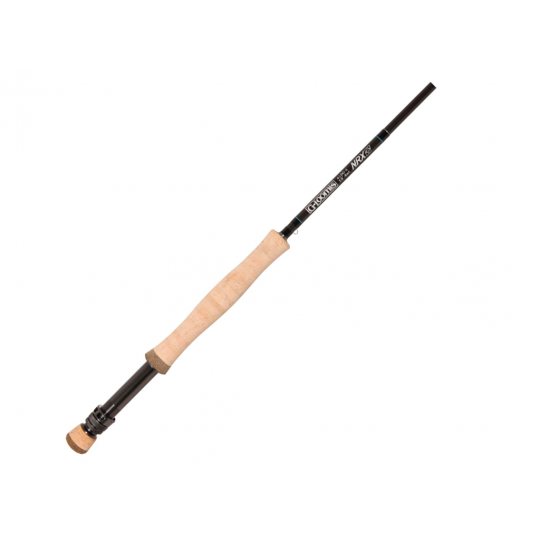
10' Fly rod G Loomis NRX+
Unavailable at the moment
Cookies management panel
This site uses cookies and gives you control over what you want to activate. Cookies are used for ads personalisation.A fly rod is designed to imitate as closely as possible the flight of an insect over water. It is mainly made of carbon. It may have several sections and different lengths depending on its use.
By default, fly-fishing enthusiasts tend to think that this style of rod is designed solely for trout fishing. Even though trout is the main target fish in our waters, you can fish for it in areas other than a top-category river or reservoir.
Pike, but also more exotic species such as bonefish or tarpon, can be caught with a streamer. You'll need to adapt your range of rods, with longer or shorter handles and different blank sizes.
To choose the right fly rod, you need to look at a number of aspects. The reference value is expressed in feet of silk, which gives both length and casting power. Fishing with a nymph or a streamer does not require the same line.
The conditions you encounter can also have an impact. A steady wind may mean you need to weigh down your line, while crowded spots may mean you need to choose shorter lengths.
All that's left for you to do is fit a reel with line and line, fix it in place and learn to swing perfectly.
Fly fishing is practised in almost every country in the world. Its origins in the search for trout have led some countries to take a weight in the design and expertise of the equipment to be used.
The United Kingdom, with its memorable salmon-fishing rivers, is full of rod manufacturers. Some of the big names that dominate the market today had their origins in the search for brown trout, such as the Hardy brand.
Other big names come from other countries. One example is Redington in the United States, which has trained generations of fly fishermen. But also, more recently, the development of the technique in Japan with the development of a regular selection from the biggest manufacturers.
Patagonia and Simms are also big names. But that doesn't stop certain brands in France and elsewhere in Europe from offering you a choice, with quality carbon blanks and models for both reservoir and river fishing.
The names Loop and Airflo will certainly be familiar to you. It has to be said that, in terms of fishing rods, these names represent a very high level of technical sophistication. And you'll easily find models for every purpose, from the classic 9 foot 4 line to a very large rod for charming tarpon in the middle of American flats.
However technical the application of this type of fishing may be, the choice of fly rods has been relatively simplified to enable all anglers to find their way around with just a few pieces of information.
The action of the rod is probably the most important thing to know. For more information, take a look at our guide to fly fishing rods. You won't get the same results from a rod with a soft action, tip action, fast action or parabolic action.
For nymph fishing, we tend to use small rods, 8 or 9 feet long. These will allow you to feel comfortable handling the rod, but also to easily reach the desired distances.
When it comes to sea fishing, you'll have plenty of choices. This will depend above all on the species you are looking for. A 9 foot 8 line might be ideal for bonefish, while a 9 foot 12 line might be more powerful for tarpon.
For stalking predators in our waters or abroad, such as pike, you could opt for a 9 foot 7 to 9 line depending on your ability to make long distance casts with a streamer. To cushion the fight and the raging head-butts, don't hesitate to opt for a semi-parabolic or even parabolic action.
Finally, dry fishing requires very different equipment depending on the sector you're after. You'll find all the advice you need in this area, whether you're looking for long or short rods. Above all, you'll need to vary your line number according to how comfortable you are with the size of your tackle.
To be as effective as possible, a fishing rod needs to be fitted with a number of different components. To do this, you need to adapt these components to suit your research and your fishing style.
The reel often represents a simple reserve of line and silk. It will still need to be the right size and particularly resistant to corrosion, as it will be regularly in the water.
The line or silk should also be chosen methodically. We've put together a Quelle soie pour la pêche à la mouche guide to help you make your choice. Its profile and buoyancy level will be of vital importance. You can also incorporate a notion of colour for perfect visibility.
To preserve the fish in the best possible conditions, you can use a landing net with special nets or gloves to avoid damaging the mucus in your catch.
Finally, clothing is another point that should not be overlooked. Whether it's the choice of waders or wading shoes, but also the choice of waistcoat and layers of varying degrees of warmth. The conditions encountered throughout the season, and sometimes even over the course of a day, mean you need to be prepared for every eventuality.
See our complete fly fishing selection:
12 products

Unavailable at the moment
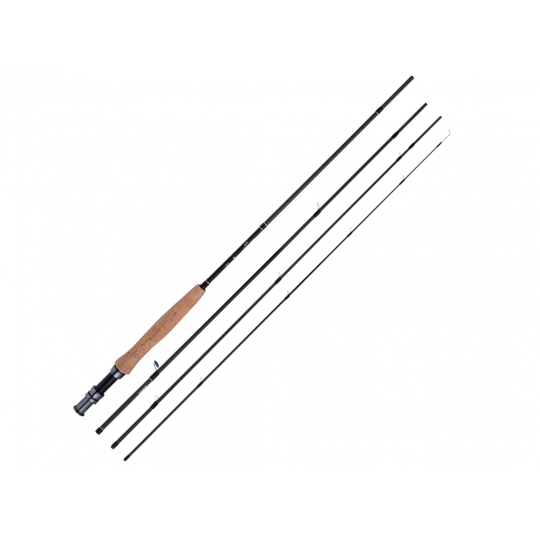
Shipping 24 H
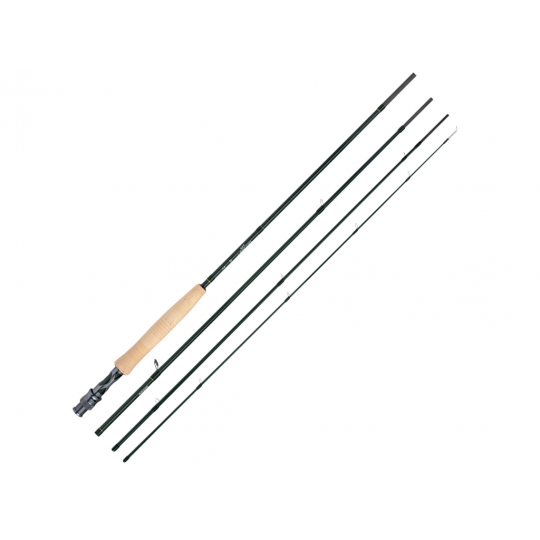
Shipping 24 H
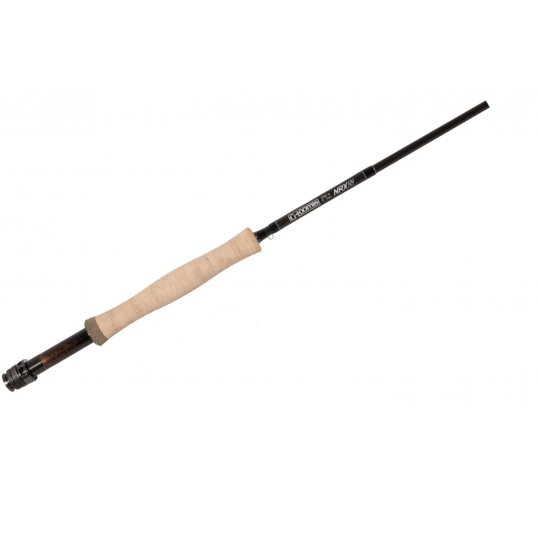
Shipping 24 H
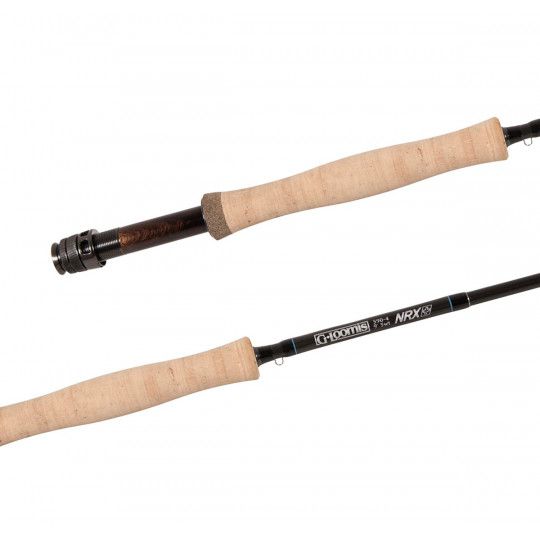
Unavailable at the moment
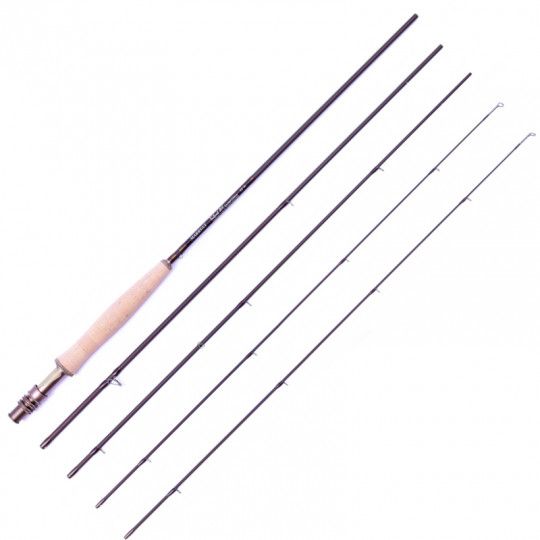
Unavailable at the moment
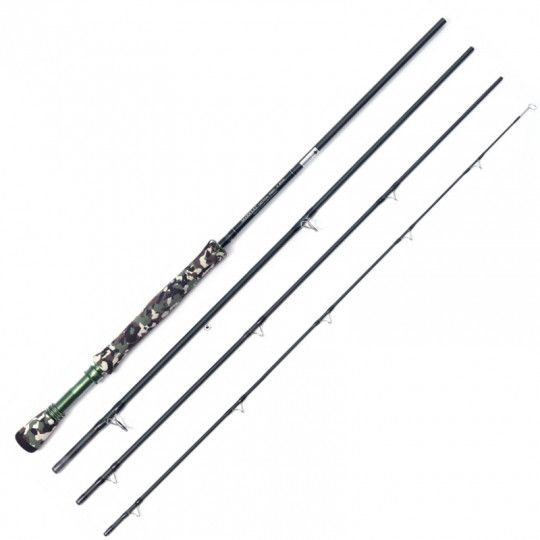
Shipping 24 H
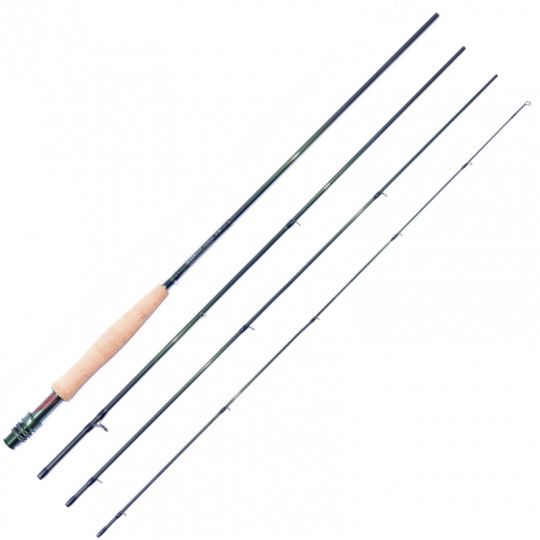
Shipping 24 H
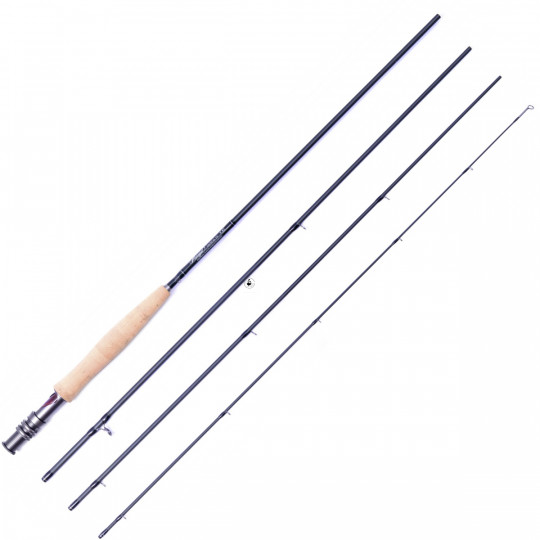
Shipping 3 à 7 jours
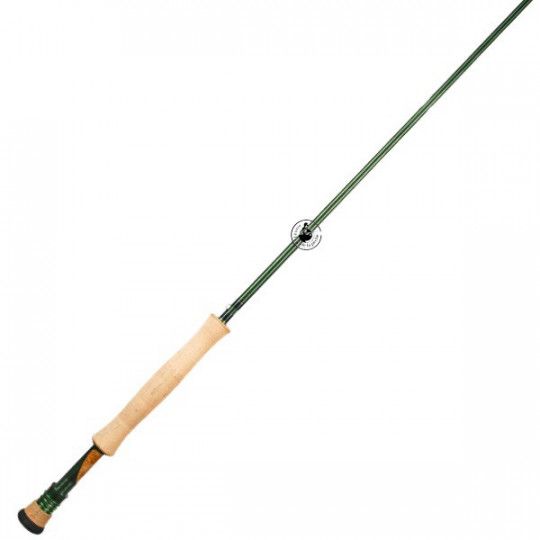
Shipping 3 à 7 jours
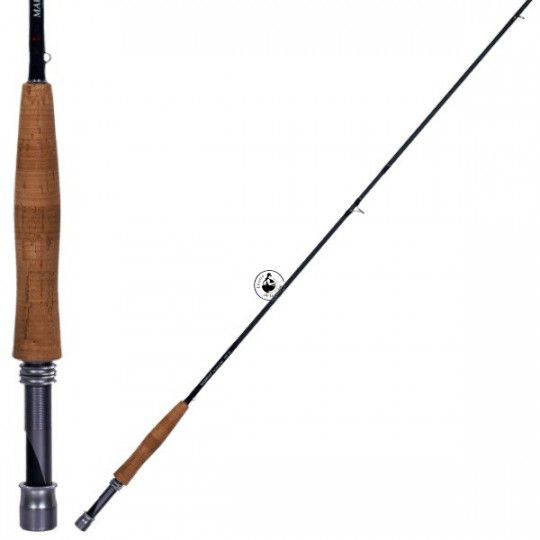
Unavailable at the moment
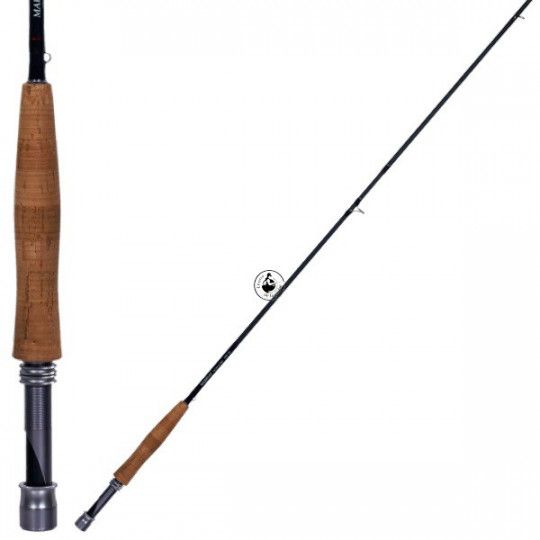
Shipping 3 à 7 jours
Read on the subject